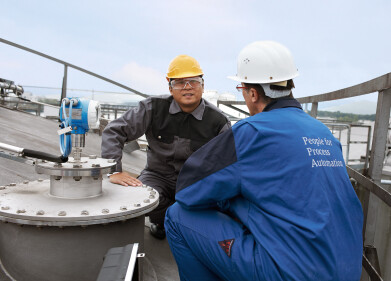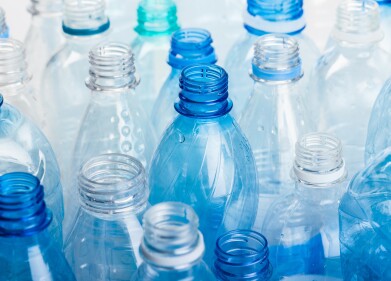-
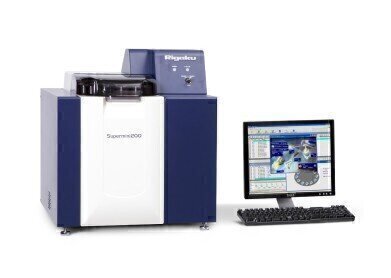 Rigaku Supermini200 high-power benchtop sequential WDXRF spectrometer
Rigaku Supermini200 high-power benchtop sequential WDXRF spectrometer -
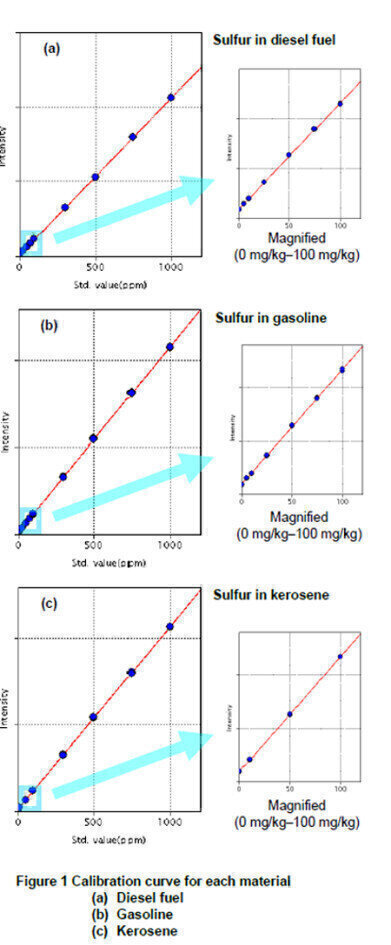 Figure 1
Figure 1 -
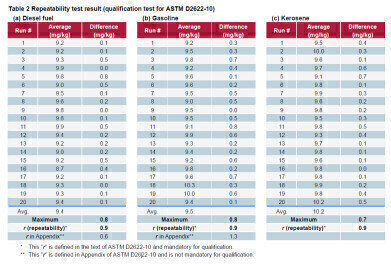 Table 2
Table 2
Analytical Instrumentation
Analysis of Low Concentration Sulfur in Petroleum-based Fuels by Benchtop WDXRF According to ASTM D2622-10
Aug 15 2018
Sulfur in petroleum-based fuels contributes to atmospheric pollution. Sulfur content in fuels, especially in automobile fuels, is strictly controlled and regulations of sulfur content in fuel oil, such as diesel fuel and gasoline, have been tightened. Control of sulfur content is, therefore, very important in refineries.
X-ray fluorescence (XRF) spectrometry has been used for quantitative analysis of sulfur in petroleum-based fuels due to its simple sample preparation requirements. In XRF analysis of fuel oil, the sample is simply poured into a plastic cup equipped with a transparent film without any complicated treatment such as chemical decomposition or serial dilution. Concentration of total sulfur is also obtained in XRF analysis.
This method describes the quantitative analysis of low concentration sulfur in diesel fuel, gasoline and kerosene according to ASTM D2622-10 by wavelength-dispersive X-ray fluorescence (WDXRF).
Instrument
The analysis detailed for this method was carried out using the Rigaku Supermini200 benchtop wavelength-dispersive X-ray fluorescence (WDXRF) spectrometer, which was designed specifically to deliver excellent performance while eliminating typical installation requirements, such as cooling water, special power supply and large floor space.
Featuring a unique air-cooled 200 W X-ray tube, two detectors, programmable environment of vacuum or helium, and three analysing crystals, the Supermini200 spectrometer can analyze elements from oxygen to uranium. The Microsoft Windows-based software running the Supermini200 system is shared with Rigaku’s popular ZSX Primus family of higher-power WDXRF systems, which means that it has the same advanced algorithms, multiple language support and an intuitive user-friendly interface.
Measurements were performed on the Supermini200 system using a PET analyzing crystal, one of the standard crystals provided with the instrument, with the X-ray tube operating at 50 kV and 4.0 mA. The counting time was 300 seconds for peak and 150 seconds for background.
Sample preparation
Four milliliters of each sample was poured into a standard liquid cell (Chemplex® 1540) equipped with 3.6 μm Mylar® (Chemplex® 150).
Standards and calibration
'Number 2 diesel fuel' standards, isooctane-based standards and kerosene-based standards provided by VHG Labs were used for calibration of diesel fuel, gasoline and kerosene respectively. The calibration curves are shown in Figure 1 and the calibration results are listed in Table 1.
Table 1 Calibration result for each material (in mg/kg)
|
Material |
Diesel fuel |
Gasoline |
Kerosene |
|
Calibration Range |
0-1000 |
0-1000 |
0-1000 |
|
Accuracy |
3.2 |
2.0 |
3.3 |
|
LLD |
0.5 |
Analysis results
In order to assess the repeatability of the method, two aliquots of a representative sample were prepared and quantified with the calibration; this process was repeated twenty times.
The test data -- compiled in Table 2 (a) for diesel fuel, Table 2 (b) for gasoline and Table 2 (c) for kerosene -- show the average and the difference of the results of each two-aliquot measurement. ASTM D2622-10 defines 'repeatability (r)' by: Repeatability(r) = 0.1462·X0.8015mg/kg(1) and X: total sulfur concentration (mg/kg) and states that the difference between successive test results obtained by the same operator with the same apparatus under constant operation conditions on identical test material would, in the long run, in the normal and correct operation of the test method, exceed the values calculated by Equation (1) only in one case in twenty.
For diesel fuel and gasoline, other repeatabilities, which are not mandatory, are provided in the Appendix of ASTM D2622-10.
- Diesel fuel: r= 0.1037 X0.8000(mg/kg)
- Gasoline: r= 0.5006 X0.4377(mg/kg)
- X: total sulfur concentration (mg/kg)
The test results shown in Table 2, where the difference of two aliquots does not exceed the repeatability (r) for each material, prove that the performance of the Supermini200 easily satisfies the requirement of ASTM D2622-10 for diesel fuel, gasoline and kerosene.
Conclusion
This report demonstrates that low concentration sulfur in petroleum-based fuel can be routinely analysed with excellent accuracy, sensitivity and repeatability using a benchtop WDXRF spectrometer with minimal site requirements.
The Rigaku Supermini200 benchtop WDXRF system, which does not require external water for cooling the X-ray tube or special power supply, meets the specification of ASTM D2622-10, which has become more stringent in the recent versions of ASTM D2622.
Reference
ASTM D2622-10 Standard Test Method for Sulfur in Petroleum Products by Wavelength Dispersive X-ray Fluorescence Spectrometry
Digital Edition
PIN 25.1 Feb/March
March 2024
In This Edition Safety - The technology behind the ION Science Tiger XT - Safety with ammonia and LOHCs as hydrogen carriers Analytical Instrumentation - Discussion on new tribology te...
View all digital editions
Events
Apr 22 2024 Hannover, Germany
Apr 22 2024 Marrakech, Morroco
Apr 22 2024 Muscat, Oman
Apr 22 2024 Rotterdam, Netherlands
Apr 23 2024 Singapore

